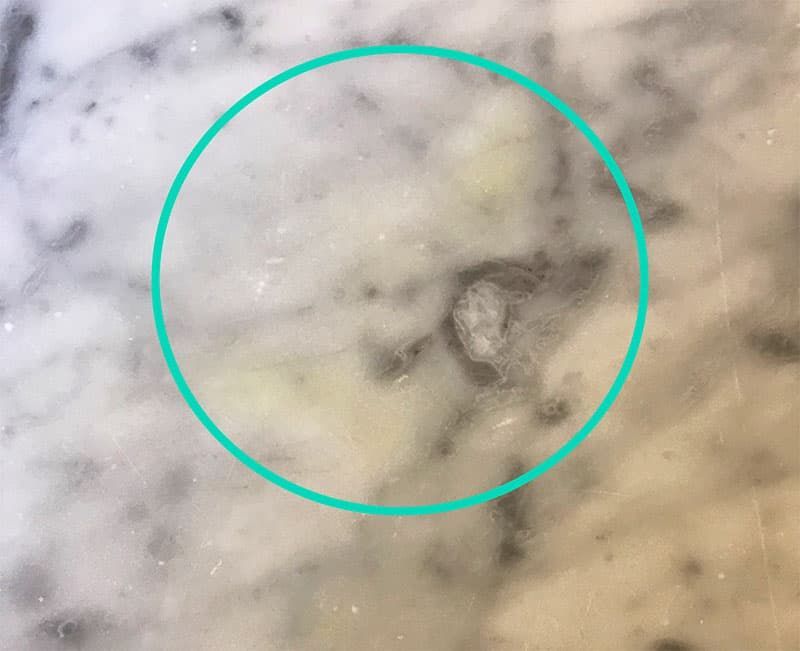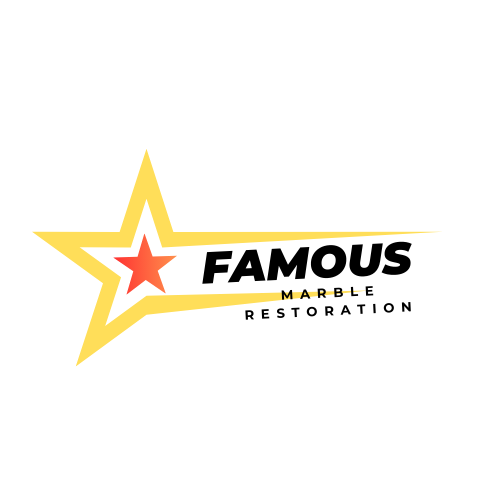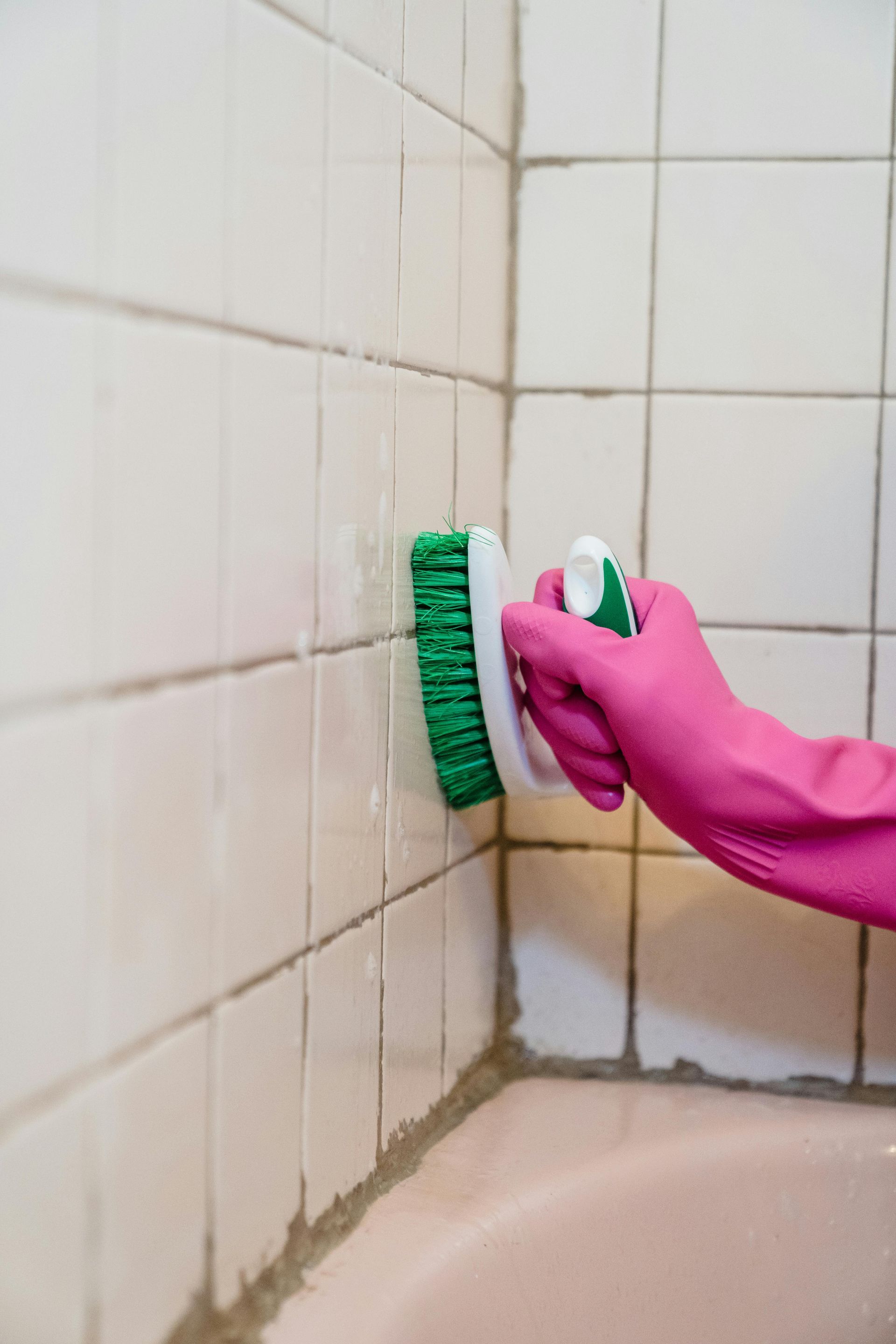Why Is My Marble Turning Yellow and How Can I Fix It?
Restoring Marble From Yellow Stains

Many homeowners find themselves puzzled when they notice their once-lustrous marble surfaces transforming into a yellowish hue. The yellowing can result from various factors, including improper cleaning agents, lack of sealing, or environmental conditions. Understanding the reasons behind this color change is essential for restoring your marble to its original beauty.
If you've experienced this issue, you’re not alone. Many factors can contribute to the yellowing of marble, and identifying the root cause is crucial to determining the right course of action. Whether it’s due to staining from spills, improper maintenance, or damage to the sealant, tackling the problem head-on will lead you to effective solutions.
At Famous Marble Restoration, we specialize in bringing back the shine to your troubled surfaces. Our experience in marble care equips us with the knowledge to restore your marble and prevent future discoloration. Let’s explore why your marble is turning yellow and how you can fix it effectively.
Key Takeaways
- Yellowing of marble surfaces is often caused by improper care or environmental factors.
- Identifying the root cause is critical for effective restoration.
- Professional help can effectively restore your marble and provide prevention strategies.
Understanding Marble Yellowing
Marble yellowing can be frustrating for homeowners seeking to maintain their surfaces' natural beauty. By identifying the reasons behind this discoloration, you can take appropriate actions to address the issue effectively.
The Science of Marble Discoloration
Marble is primarily composed of calcium carbonate, which can react to various environmental factors. Over time, exposure to air and moisture can lead to oxidation, particularly involving iron present in the stone. This process can result in yellowish discoloration.
When marble is exposed to acids or harsh cleaning chemicals, the integrity of the surface can be compromised. Such reactions may not only contribute to yellowing but also weaken the stone, making it more susceptible to further damage. Understanding these scientific principles will help you address discoloration effectively.
Common Causes of Yellowing Marble
Several factors can contribute to yellowing in marble surfaces:
- Improper Maintenance: Infrequent cleaning allows dust and dirt to settle in the pores, particularly in honed finishes. This buildup can create a yellow tint over time.
- Water Damage: Prolonged exposure to moisture can encourage oxidation, leading to a yellowish hue.
- Chemical Exposure: Household chemicals, particularly acidic ones, can deteriorate the surface and exacerbate yellowing.
- Environmental Factors: Sunlight and pollution can also accelerate the yellowing process by affecting the marble's finish.
By recognizing these causes, you can take proactive measures to prevent further yellowing and maintain the beauty of your marble surfaces.
Identifying the Culprits
Yellowish discoloration in your marble can be frustrating. Various environmental and chemical factors contribute to this unsightly issue. Recognizing these culprits is essential for effective restoration.
Environmental Factors
Many environmental elements can lead to yellowing in marble. Humidity is a primary concern; high moisture levels can cause trapped water to disrupt the marble's appearance. Direct sunlight also plays a significant role. Prolonged exposure can weaken the stone's surface and cause discoloration over time.
Pollutants in the air, such as smoke or dust, can settle on your marble and result in staining. Additionally, the type of cleaning products you use matters. Harsh chemicals can corrode the surface, leading to a yellow tint. Regular maintenance and protective measures can help mitigate these environmental effects.
Chemical Reactions and Stains
Chemical reactions are another major cause of yellowing in marble. For example, acids from vinegar or lemon can react with the calcium carbonate in marble, leading to stains. Certain cleaning agents may exacerbate this issue, causing unwanted discoloration.
Stains from foods or drinks, particularly those that are colored, may also contribute to the yellowish appearance. Oils from furniture polish or other household products might seep into the stone, affecting its hue. It’s vital to identify the source of these stains quickly to prevent permanent damage. Immediate treatment can help revert your marble to its original beauty.
Professional Restoration Techniques
Addressing the yellowing of your marble surfaces requires a systematic approach. By evaluating the condition and applying effective restoration methods, you can revive the natural beauty of your marble.
Assessment Processes
Before any restoration begins, a thorough assessment of the marble's condition is essential. You need to identify the reasons behind the yellowing, which can be caused by factors such as:
- Product Residue: Soap and cleaning agents can leave a residue that discolors marble.
- Moisture Damage: Excess moisture may lead to staining or changes in color.
- Environmental Factors: Exposure to sunlight and pollutants can also contribute to discoloration.
During the assessment, professionals may use specialized tools to analyze the surface. This includes moisture meters and light reflectance indices to determine the extent of yellowing. Understanding these causes will guide you in choosing the right restoration method tailored to your specific situation.
Restoration Methods
Once you have assessed the condition, various restoration methods can be applied. Here are some effective techniques to restore yellowing marble:
- Deep Cleaning: Use a mild detergent and a non-abrasive pad to gently clean the surface. This removes dirt and product buildup.
- Polishing: Employ polishing powders or pads that are safe for marble. This helps remove surface wear and yellowing.
- Sealing: After restoration, apply a high-quality marble sealer to protect your investment from future staining and yellowing.
- Professional Refinishing: In cases of severe yellowing, professionals may conduct a grinding or honing process to restore the surface.
By following these methods, you can effectively fix yellowing marble and ensure its long-lasting beauty.
Preventive Measures
To keep your marble surfaces looking pristine and to prevent yellowing, you need to prioritize proper maintenance and cleaning routines. Additionally, taking proactive steps can significantly reduce the chances of discoloration over time.
Maintenance and Cleaning
Regular cleaning is essential for maintaining the integrity of your marble. Use a pH-balanced stone cleaner to avoid harsh chemicals that can strip the marble's surface. Dust and dirt can cause scratches, so using a soft, microfiber cloth for daily cleaning is ideal.
Weekly Maintenance Tips:
- Wipe down surfaces with a damp cloth.
- Use coasters and mats to protect from spills.
- Promptly address any spills, especially acidic substances like citrus or vinegar.
For deeper cleaning, consider a gentle stone-safe cleaner every few months. Avoid using abrasive pads or strong detergents, as they can lead to dullness or discoloration.
Preventing Future Yellowing
To combat yellowing, sealing your marble is a critical step. A high-quality sealer forms a protective barrier that helps resist stains and moisture penetration. It's recommended to reseal your marble every 6 to 12 months, depending on usage.
Also, be mindful of your environment. High humidity and exposure to direct sunlight can accelerate yellowing. Here are some actions you can take:
- Limit exposure to prolonged sunlight with window treatments.
- Use dehumidifiers in damp areas to maintain optimal moisture levels.
- Opt for protective pads under objects to prevent chemical transfer.
By implementing these measures, you can preserve the beauty of your marble and prevent unwanted yellowing.
Famous Marble Restoration Services
At Famous Marble Restoration, you receive expert services designed to combat common issues such as yellowing and discoloration of your marble surfaces. You can trust our experienced team to evaluate and restore your marble's beauty effectively.
Consultation and Evaluation
The first step in the restoration process is a thorough consultation and evaluation of your marble surfaces. During this initial visit, a technician will assess the extent of the discoloration and identify potential causes.
You will receive detailed feedback on the condition of your marble, including any scratches or stains that may need addressing. This evaluation allows our team to recommend targeted solutions tailored to your specific needs.
By using advanced tools and techniques, we gather crucial information to develop a customized restoration plan that suits your marble type and its unique challenges.
Customized Restoration Solutions
Once the evaluation is complete, Famous Marble Restoration presents customized solutions tailored to restore your marble's natural luster. Our services may include deep cleaning, polishing, and honing to remove yellowing and enhance your marble's appearance.
We utilize eco-friendly products that are safe for both your surfaces and the environment. Depending on your needs, we may employ specialized sealing techniques to protect against future staining and discoloration.
Each treatment plan focuses on restoring the original beauty of your marble while ensuring long-lasting results. You can rest easy knowing your marble will receive expert attention at every step of the restoration process.



